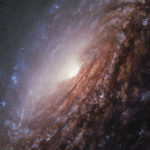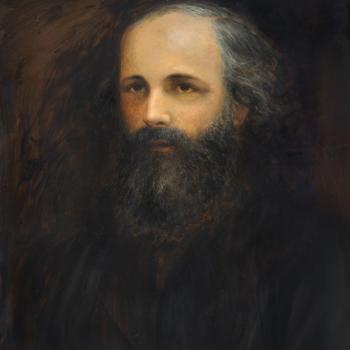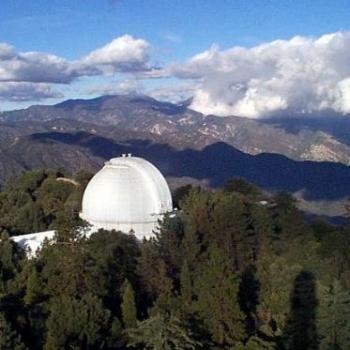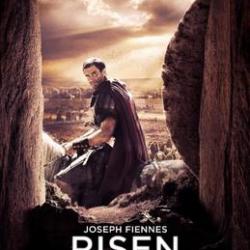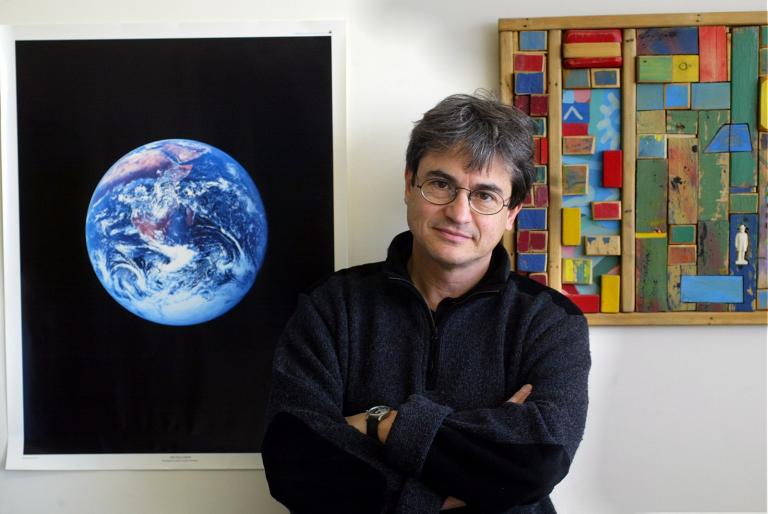
I really like this summation by the Italian theoretical physicist Carlo Rovelli, which appears on page 123 of his Reality Is Not What It Seems: The Journey to Quantum Gravity, translated by Simon Carnell and Erica Segre (Penguin, 2017):
There is a curved spacetime born 14 billion years ago — nobody knows how — and still expanding. This space is a real object, a physical field with its dynamics described by Einstein’s equations. Space bends and curves under the weight of matter and plunges into black holes when matter is too concentrated.
Matter is distributed in 100 billion galaxies, each containing 100 billion stars, and is made up of quantum fields which manifest themselves in the form of particles, such as electrons and photons, or as waves, such as the electromagnetic ones that bring us television images and the light of the Sun and the stars.
These quantum fields make up atoms, light and the full contents of the universe. They are strange objects: their quanta are particles that appear when they interact with something else; left alone, they unfurl into a ‘cloud of probability’. The world is a swarming of elementary events, immersed in the sea of a vast dynamical space which sways like the water of an ocean.
With this image of the world, and the few equations that make it concrete, we can describe almost everything that we see.
Almost.
This is also quite nice:
In the world described by quantum mechanics there is no reality except in the relations between physical systems. It isn’t things that enter into relations but, rather, relations that ground the notion of ‘thing’. The world of quantum mechanics is not a world of objects: it is a world of events. Things are built by the happenings of elementary events: as the philosopher Nelson Goodman wrote in the 1950s, in a beautiful phrase, ‘An object is a monotonous process.’ A stone is a vibration of quanta that maintains its structure for a while, just as a marine wave maintains its identity for a while before melting again into the sea.
What is a wave, which moves on water without carrying with it any drop of water? A wave is not an object, in the sense that it is not made of matter that travels with it. The atoms of our body, as well, flow in and away from us. We, like waves and like all objects, are a flux of events; we are processes, for a brief time monotonous . . .
Quantum mechanics does not describe objects: it describes processes and events which are junction points between processes. (115-116)



